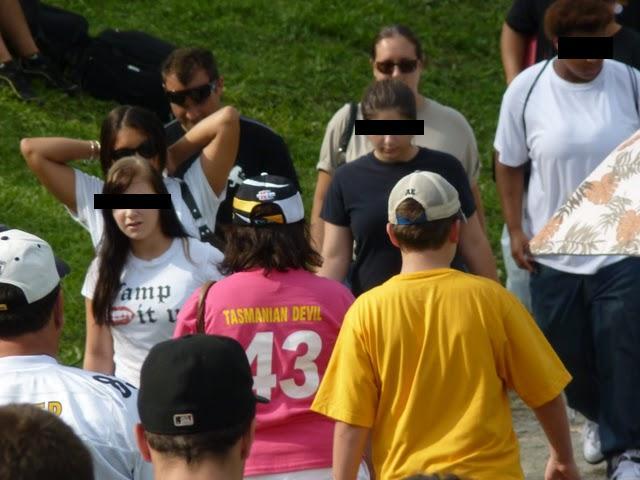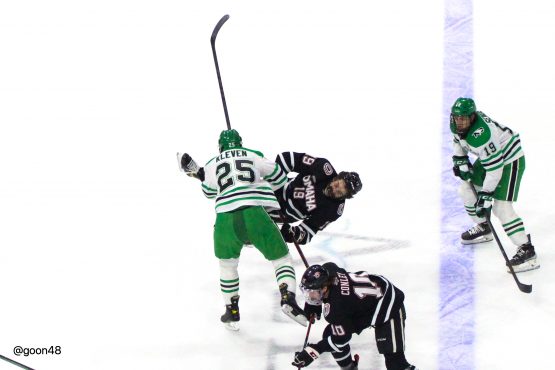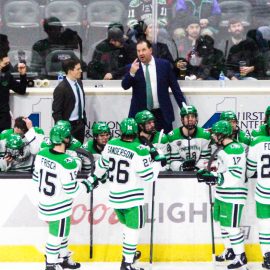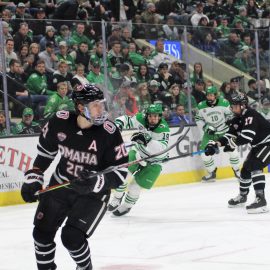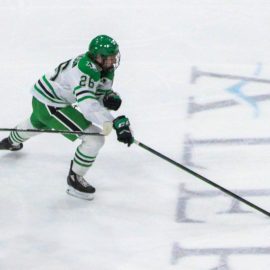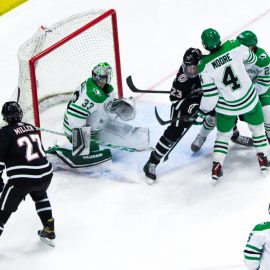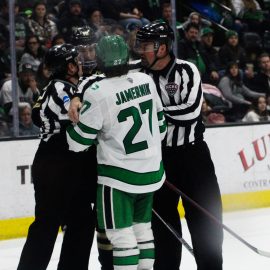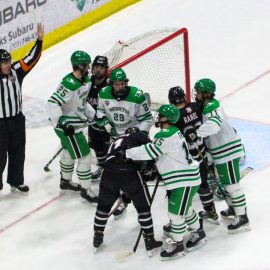Recently, the NCAA Ice Hockey Rules Committee met to clarify the incidental contact rule with the goaltender.
In the past, on-ice officials were waving off goals that should have counted. If this rule is approved, it would give the referees more leeway in deciding whether a offensive player’s contact impacted the goalie ability to make a save or not. The proposal will be voted on in July.
NCAA.COM — The NCAA Men’s and Women’s Ice Hockey Rules Committee has recommended a modification to the rule pertaining to contact with the goalkeeper, authorizing referees to judge whether incidental contact impacted the goalkeeper’s ability to defend the goal.
The committee, which met June 3-4 in Indianapolis, proposed that when an offensive player makes incidental contact with a goalkeeper and the puck enters the net, the referee will use his or her judgment to determine if the contact prevented the goalkeeper from defending the goal.
All rules proposals must be approved by the NCAA Playing Rules Oversight Panel, which will discuss men’s and women’s ice hockey recommendations on July 16.
Before last season, the committee approved a rule that disallowed goals scored when contact was initiated by an offensive player.
“The college hockey community, at all levels, voiced concern that goals were being disallowed more than they should be,” said Tom Anastos, chair of the committee and head men’s coach at Michigan State. “The committee is allowing the referee to use judgment when the contact is incidental and hopefully this will help allow goals we all believe should be legal.”
The committee is preparing additional officiating guidance and education to help the hockey community understand the intent of the rules.
Additional clarification is also being made to address situations when a piece of the goalkeeper’s equipment or body is outside the goal crease and contact is made with an offensive team player. If there is no deliberate act to impede the goalkeeper’s ability to defend the goal (e.g., slashing the goalkeeper’s glove), the contact will be considered legal as long as it clearly occurs outside the goal crease. That type of contact typically occurs when an offensive player is moving to the front of the net to screen or attempt to tip a shot.
“The rules that were made last season ended up being too rigid,” Anastos said. “We have worked hard to find a solution that will still protect our goalkeepers, but allow the offensive creativity and scoring that is needed in the game.”
The committee also expanded an experimental rule to review major penalties that would result in a player’s ejection. This season, conference championships that have video replay capability will be permitted to review those penalties. This experiment was used successfully in the Division I Men’s Ice Hockey Championship this season.
Add The Sports Daily to your Google News Feed!
